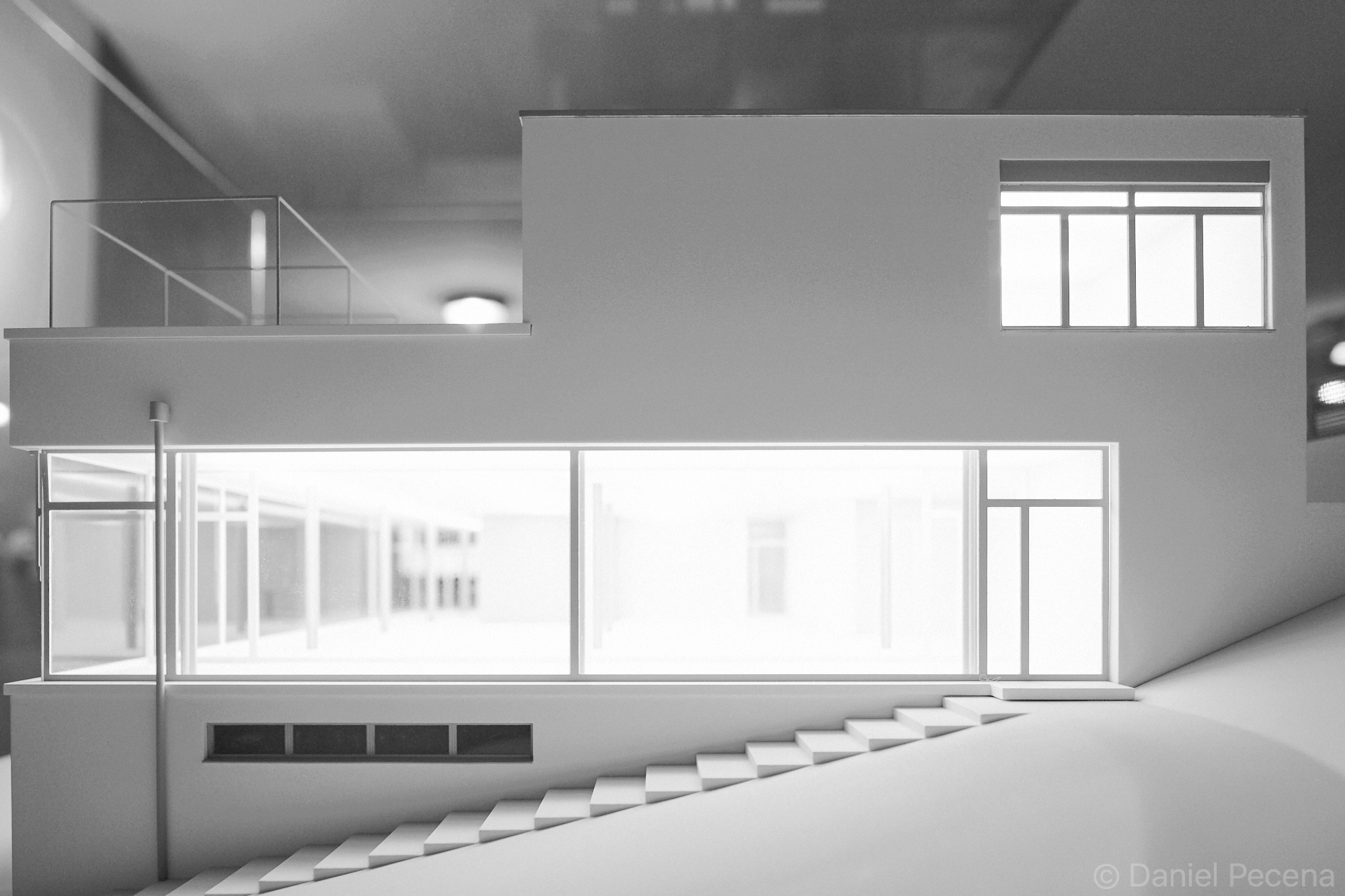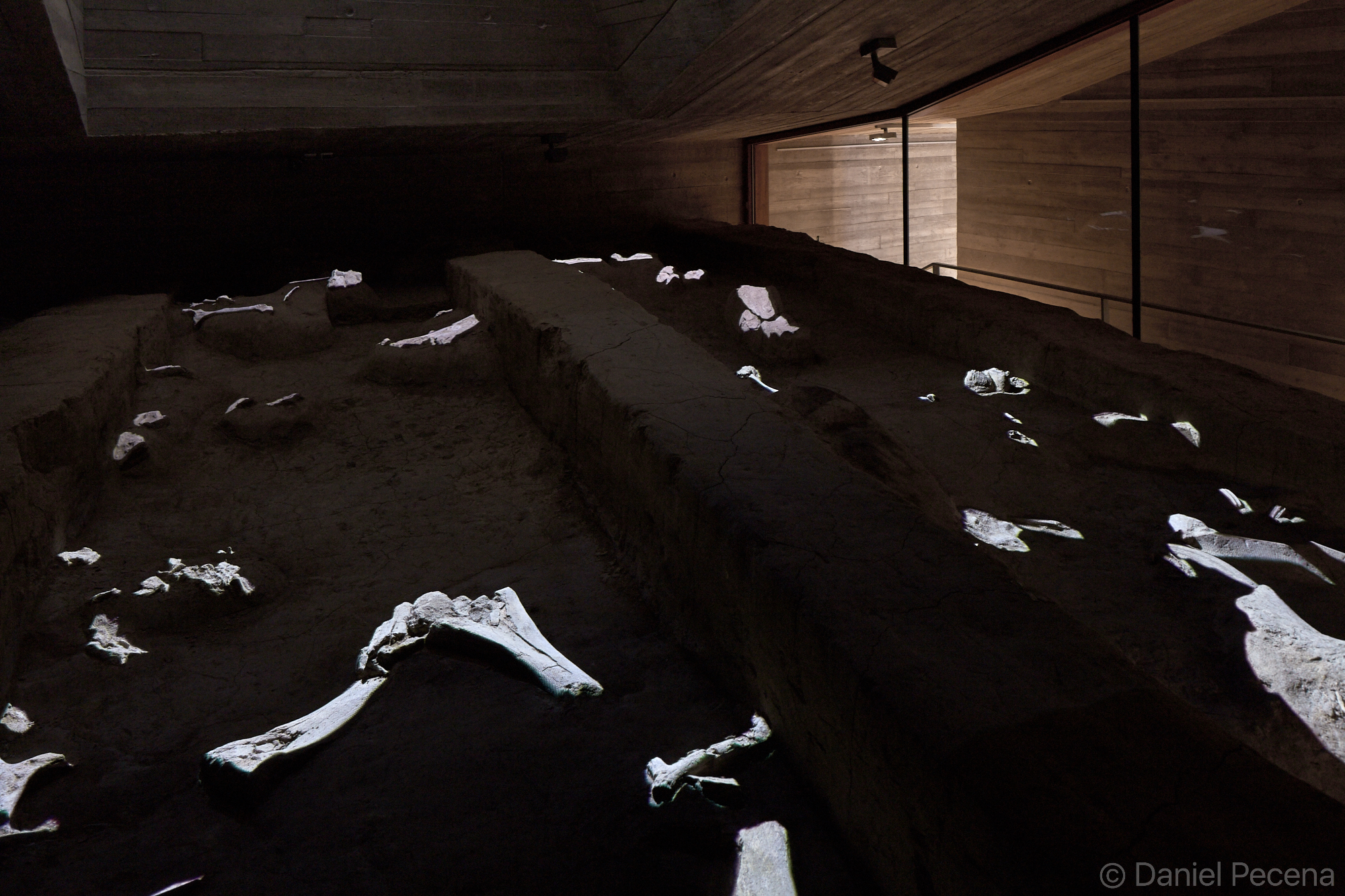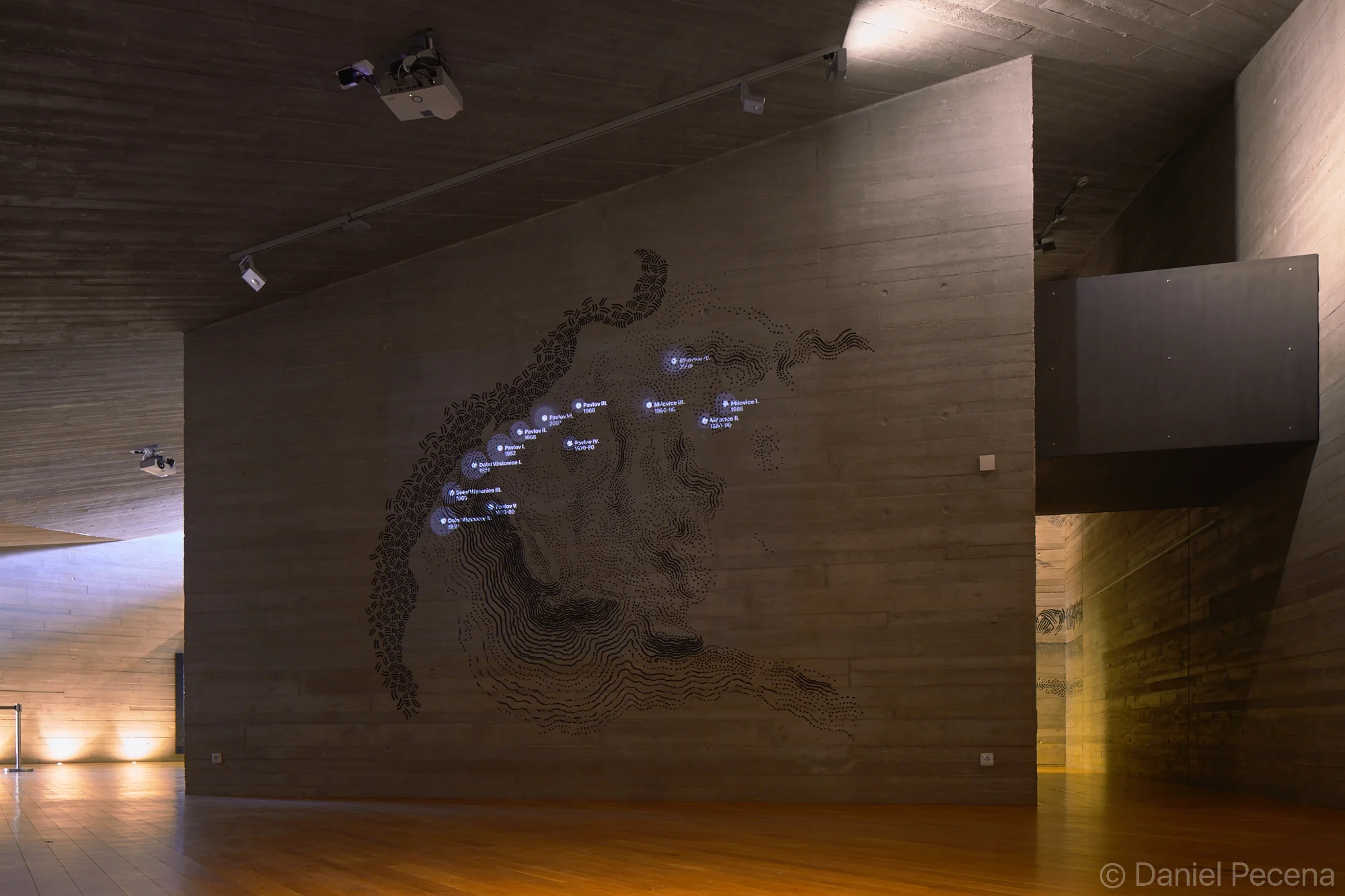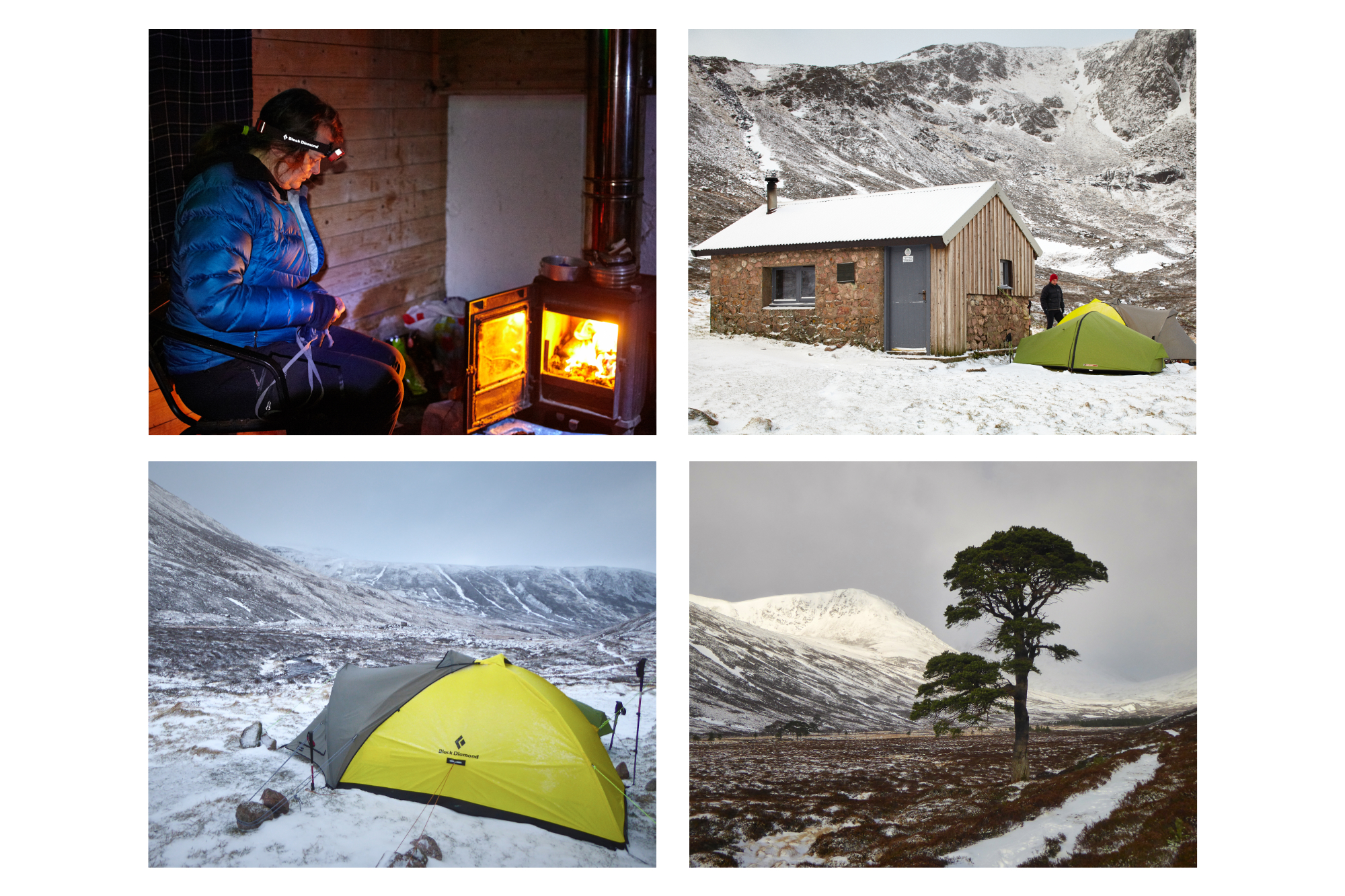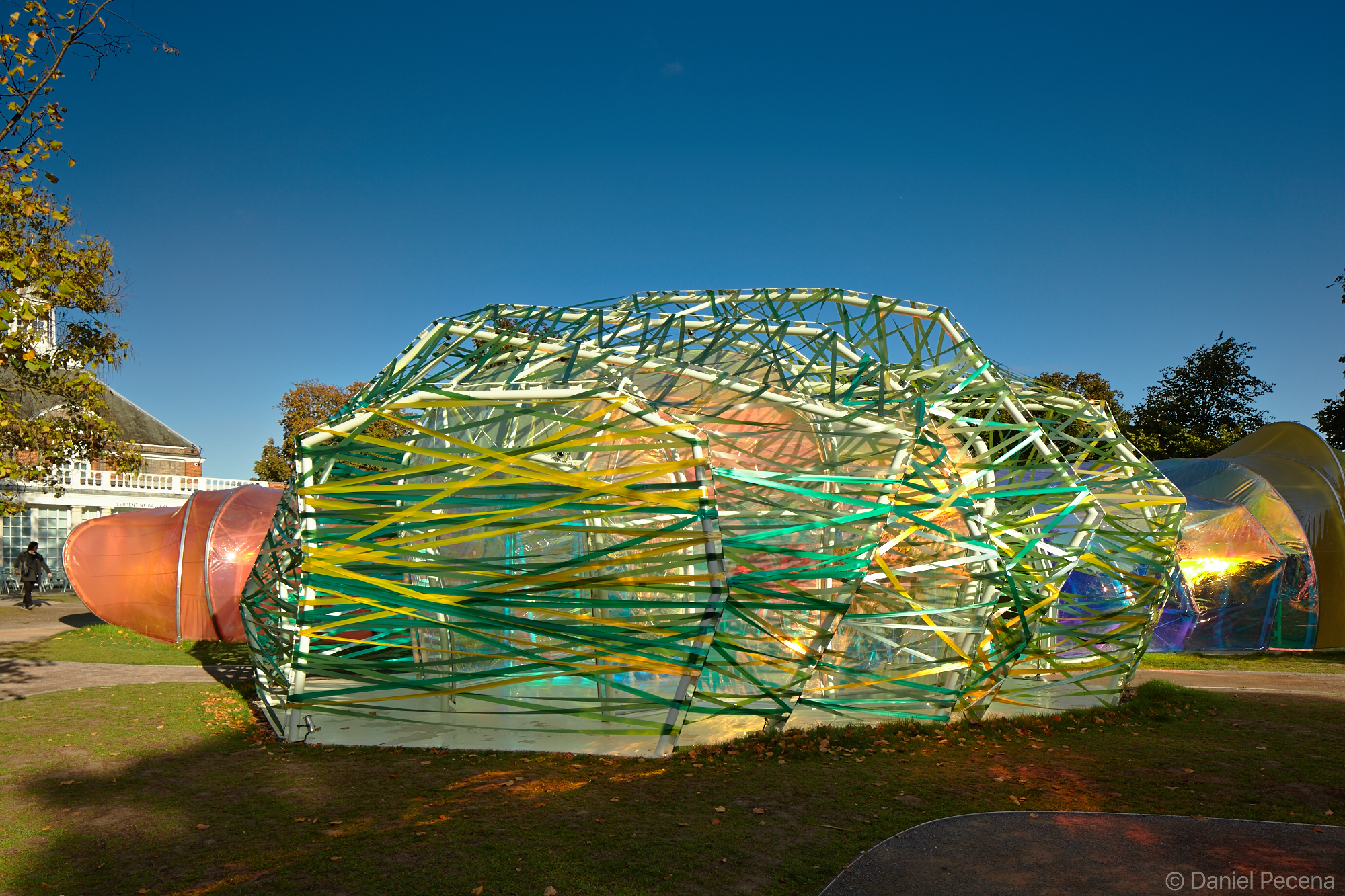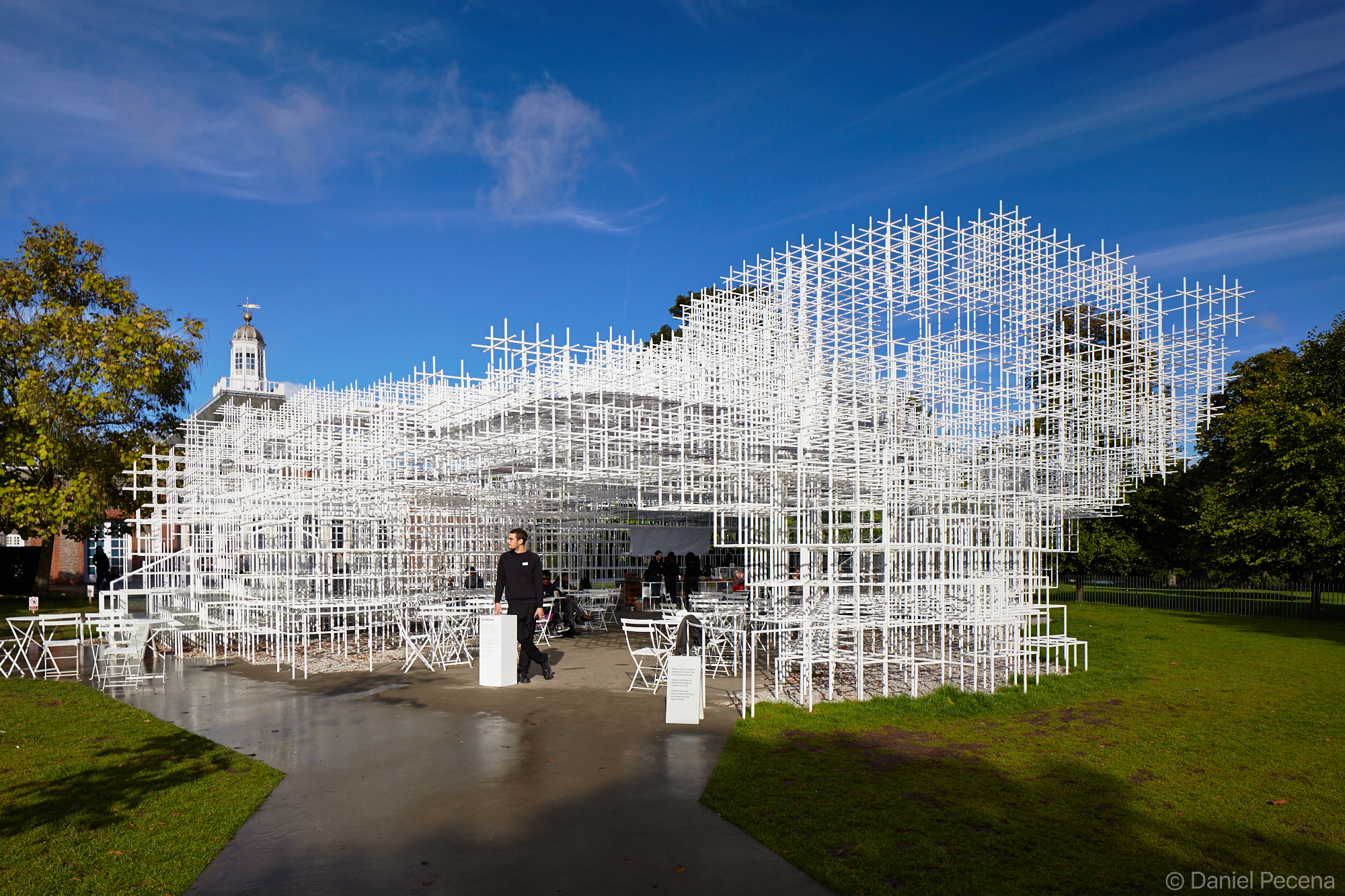Recently, with much interest, I followed news in various media about events in Zimbabwe. Former president Mugabe has now resigned from his post after being put under pressure from his own army. People in Zimbabwe celebrated in the streets and hope in general is held high for this African country. Time will tell whether the change of personnel was for better or for worse. I wish for the former to be true.
In 2001 I travelled in this beautiful country and later on published my first ever article in Czech geographical magazine Lidé a Země. Here is an English translation of that article which appeared in the magazine in March 2003
The Smoke which Thunders
Applying for the visa to Zimbabwe, politically and economically chaotic country has been quite a problem. Finally, after ten days of waiting and urging the authorities to get my visa processed, my passport is stamped in Johannesburg and the way to Zimbabwe is open to me. My hopeful goal is to reach Victoria Falls.
First however, my journey takes me to a town called Bulawayo (translated as “town of killing”). I obviously knew the media stories about fate of white farmers, opposition politicians and journalists, so even the name of the town endangers in me some sense of unease.
We reached the border at the town of Beithbridge in the morning. Even before our arrival, still in South African territory, several Zimbabwean women boarded the coach in search of “western” currency in exchange for their Zimbabwean dollars. At the time when an economic embargo has been imposed on this country due to political repression practiced by the current president and dictator, Robert G. Mugabe, any “hard” currency has served to provide at least some improvement in living conditions for ordinary people.
There were already many coaches queuing at the border. Getting my passport stamped along with hundreds of people surrounding counters was nearly impossible task.
Outside, I am at once confronted with huge poverty here. Begging children are approaching me. They escort their blind, legless or otherwise handicapped grandparents injured during war for independence. As no structure of social services exist in Zimbabwe, these people have to rely on begging which may be their only source of income.
On the way to Bulawayo the landscape is somewhat hilly and dotted with boulders of various shapes and sizes. These boulders follow me up all the way and are the main features along the route. During three hundred kilometers the coach has passed only four cars going opposite direction. At the time when a petrol crisis was coming to a head in the whole country, it was difficult to get any petrol at all. When approaching the outskirts of the town Bulawayo I noticed two things: long queues at petrol stations (with no drivers in their cars) and expansively wide avenues. These wide avenues were built by Cecil J. Rhodes who came to Zimbabwe as a colonizer and diamond prospector (this former British colony called Rhodesia was named after him). He required such wide avenues in order to accommodate the width of fifteen harnessed oxen one next to the other.
The town itself is well planned and despite visible poverty the streets give nice impression. It is easy to orient oneself and looking for a railway station takes only a moment. Once in there I found out that after four days of temporary closure of railways the Ministry of Transport has obtained some supply of diesel. This means that railway can be reopened for at least a week I am assured by officials.
I meet a man called Sydney. He together with his girlfriend invite me for lunch. I accept the offer and they lead me to a nearby restaurant. Sydney is from neighboring Zambia but he has been living and working here at the train station for several years. I learn from Sydney that Bulawayo and nearby villages are in a region which supports foremost the political party of Morgan Tsvangirai MDC (Movement for Democratic Change). His party struggles in opposition against the ZANU-PF party of the current president Mugabe.
Sydney’s talk has been interrupted by waiter. He brings us wash-bowl with water. It serves for hand-washing before every meal. Here they eat using hands with no cutlery. There is a traditional sadza on the table – rigid corn porridge – and also stewed beef.
After the meal I learn about another criticism of the current regime from other people’s mouths. I meet a woman who leads me on to show me the conditions in which people have to live here. Unemployment in the country has reached fifty percent. Many people are forced to live right on the streets or in slums made of cardboard boxes.
It is surprising since after winning independence Zimbabwe has followed what appeared to be a good path. Unfortunately today, this path does not seem to be in the interests of ordinary citizens and the country has lost its way. After the colonizers left the developed industries remained in the country. Based on rich resources of mineral deposits Zimbabwe has become a prosperous developing country with reliable income from tourism. However, unjust distribution of land and bitter disputes between the leading parties have halted the promising economic growth and thus contributed to a rise in unemployment. The repressive policy of president Mugabe placed this country on the verge of civil war.
Still in Bulawayo I met few other foreigners and we assembled a little group and hired a tracker and guide called Stanley. We are going for safari to Matobo National Park.
It is raining. The chance to see white rhinoceros in their natural habitat is now diminished. But for now there are other species to see here: wildebeests, zebras, hippos, giraffes and many more. Matobo National Park is also famous for the rock formations which are “sowed” far beyond its frontiers. Some of these rock formations are associated with all kinds of stories and legends. They are considered by locals to be sacred. It is believed that even pointing at them can bring misfortune for the rest of one’s life. Stanley gives us this information beforehand and therefore he doesn’t point at the peak called Shumba Sham out of superstition when we are passing it. Looking at these works of “Mother Earth”, it is incredible that they were created solely by natural processes of volcanic activity and subsequent erosion. Behind a ford we have suddenly seen a group of five rhinos. Stanley has given us some quick instructions as what to do if we are attacked. Then, we got off the car and sneak closer to them. They are by the river, drinking. Still, they do not sense our presence. Stanley whispers that if those were black rhinos we couldn’t have possibly got so close because they are more aggressive. Rhinos have developed good sense of hearing and smell. They also distinguish faster movement very well so we cannot do anything rush.
After this experience on foot in animal kingdom we are walking in meditative mood towards a hill on which there is a cave called Nswatugi. There are ancient paintings of the San people also known as Bushmen. At the entrance to the cave all becomes transformed as we are going back ten thousand years to the time when these paintings were created. Among all those paintings on the cave walls the most mysterious one could not be seen in normal light conditions. We had to diminish the impact of the light on the rock by whatever means and when the intensity of light was lower the rock has released a “three-dimension-like” painting of an animal. We test the appearance and disappearance of the painting again and again. With such experience one is made to think deeper about the sense or purpose of this art that was created by “primitive” Bushmen tribes. We are finishing our day on a hill called Malindzimu (Sanctuary of Ancestral Spirits). This place is an inselberg where big boulders are spaced out upon a vast stone plate. Apparently the whole world can be seen from this place. The landscape around had come to existence by tectonic movement three billion years ago. Today this place is also known as resting place of Cecil Rhodes who chose this land for his grave and named it View of the World.
I prepare myself for the sleeper train journey to Victoria Falls town. The train is the only transport in this country which still sometimes operates albeit with days of disruption. The train runs very slow and often stops due to signal failure. The falls let one know about their presence long before one’s arrival. The “smoke” has risen up to half kilometer from the cataract and can sometimes be blown by wind up to eighty kilometers from there.
Standing on the bridge between Zimbabwe and Zambia the falls can be seen only partially from here. I rather admire the bridge itself which carries a piece of interesting historical mark. This bridge was officially opened by Francis Darwin, son of famous biologist and author of Evolution theory. The architect of the project was Ralph Freeman who basically copied a structure of a bridge in Sydney harbour. The construction was financed by Rhodes’ company; unfortunately he died before the bridge was finished. The river Zambezi which has its source in Mvinilunga region in north-west Zambia flows hundred meters below.
When I have finished this viewing I finally walk towards rainforest for closer look at the falls. The sun is shining and its rays penetrate the foliage and together with the scatter of spray create rainbow which is still about three meters from me. In spite of knowing I cannot succeed I am trying to catch it. All my steps are made in the midst of intense thunder and with the first look at the falls I contemplate how exact the name Mosa-oa-Tunya (The Smoke which Thunders) is. This name was given to the waterfalls by Kololo-lozi tribe who had lived on the banks of the river Zambezi from ancient times. The falls were renamed in 1855 by the Scottish missionary and explorer David Livingstone who named them after the Queen Victoria. Viewing the Devil’s cataract, one of the five parts of the waterfalls, I ponder. It is seriously hard to describe the feelings that pass through me. The words of Jiri Zeman who lived and worked in Africa for many years seem to be the accurate description: “Hundreds and hundreds of books and brochures describe the waterfalls but even the greatest of photos cannot substitute for the imminent impression of bulkiness, water scattering and the roar of thunder.” The most intense flow of water is in the rainy season in March and April. At that time 720 million of litres of water fall down the gorge per second. It is then understandable that such a vast flow causes severe progressive erosion which slowly destroys the bedrock of the falls. Their width, currently spanning 1.7 kilometer is therefore constantly changing with the flow of the rivers and alters its position. This process has already recreated the falls eight times during the past half million years and this will last as long as the water in the Zambezi river continues to flow.








